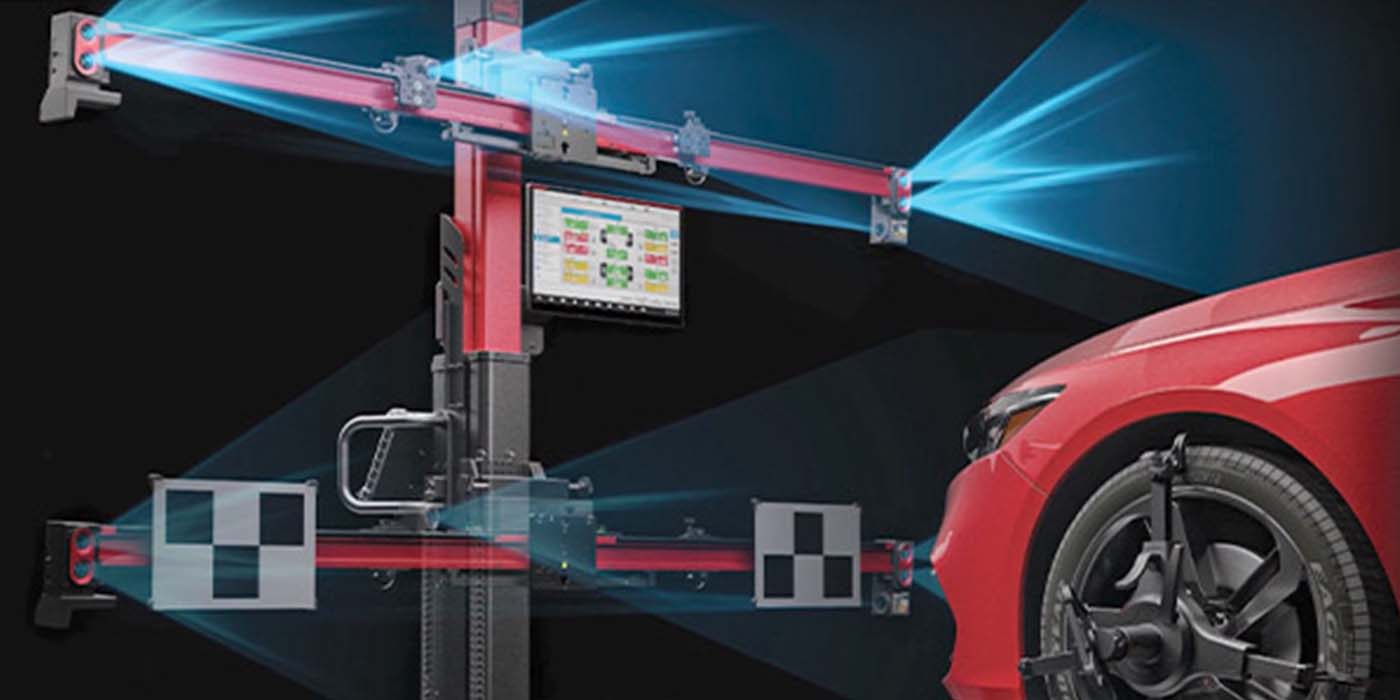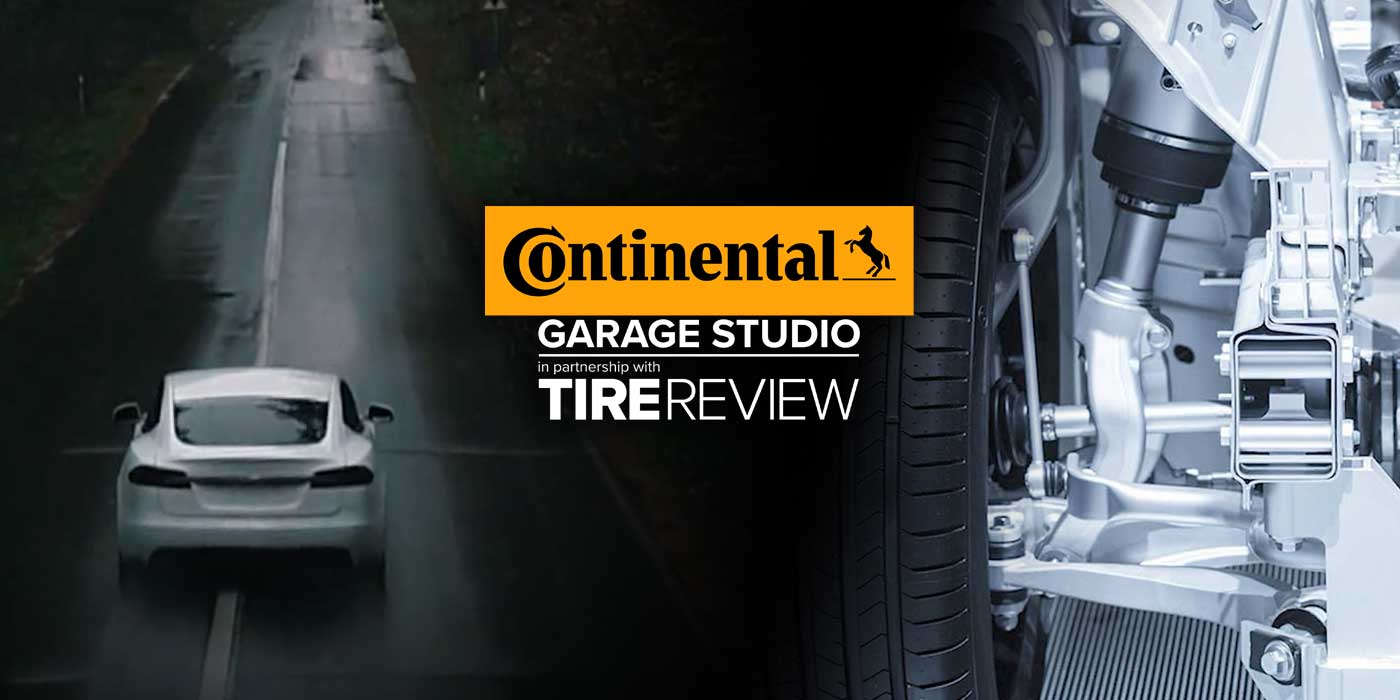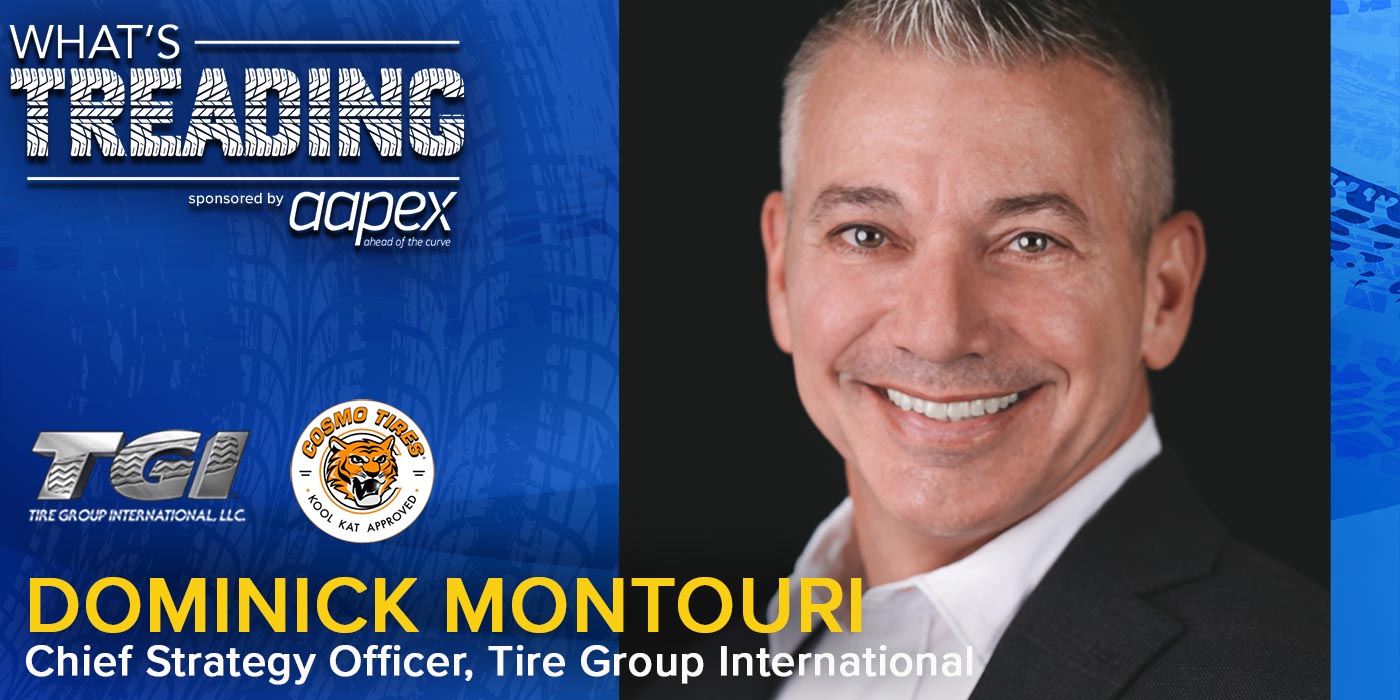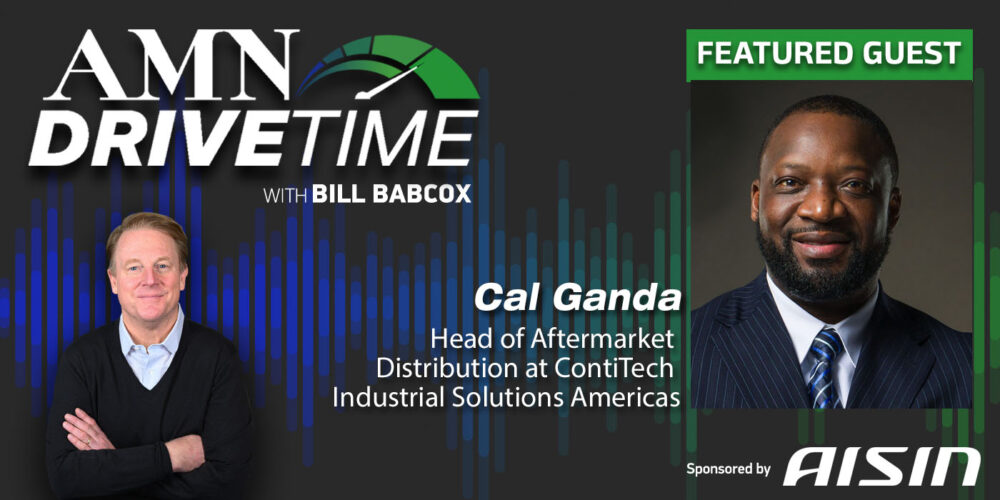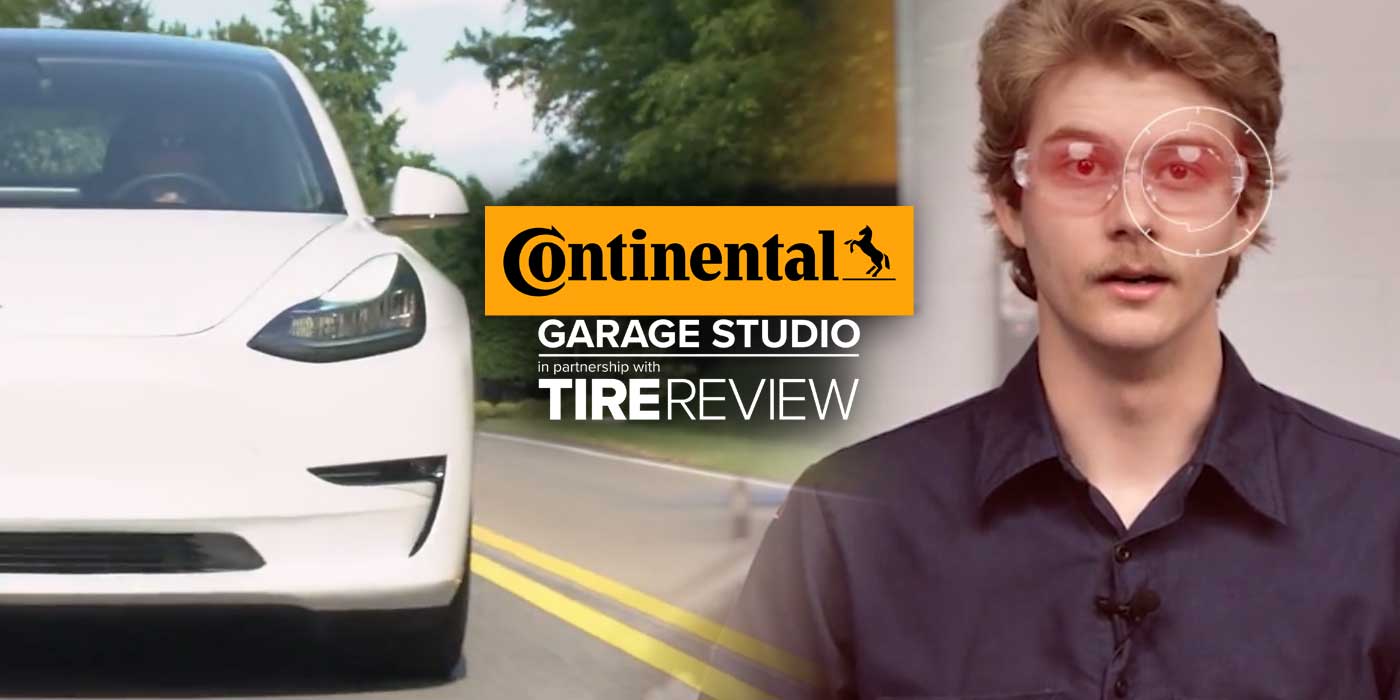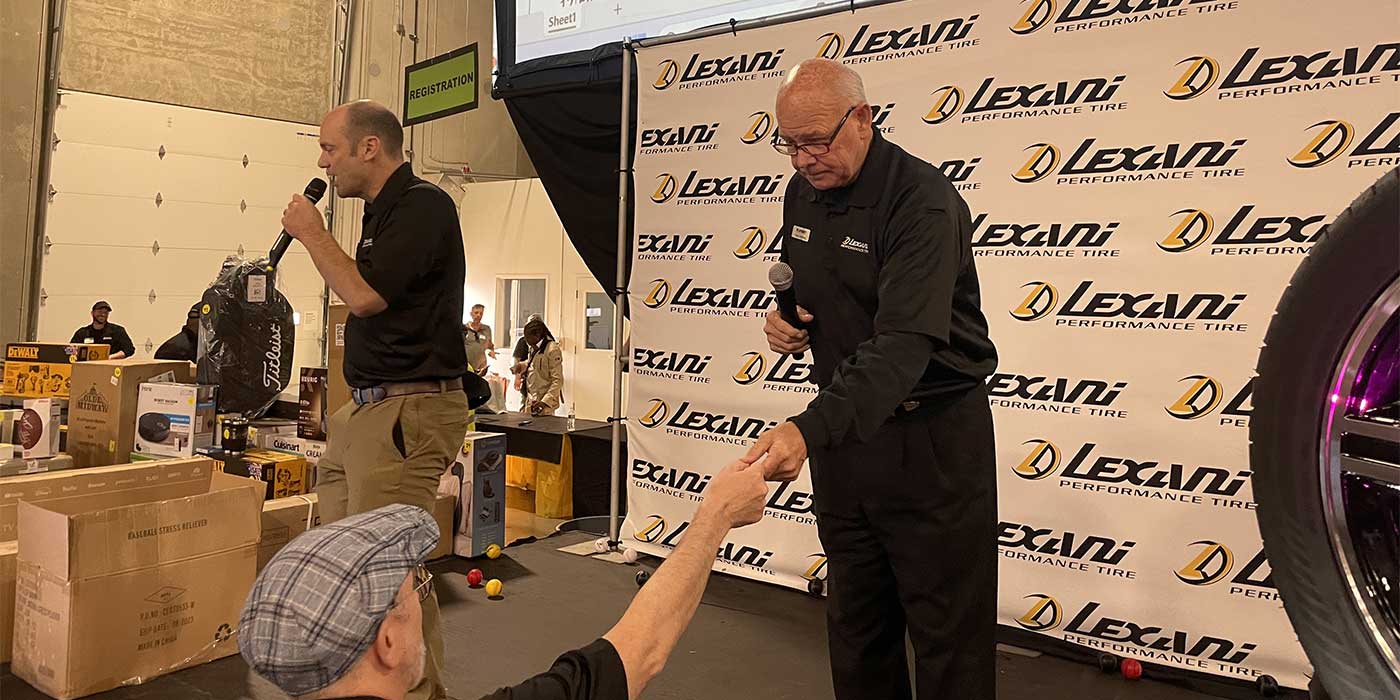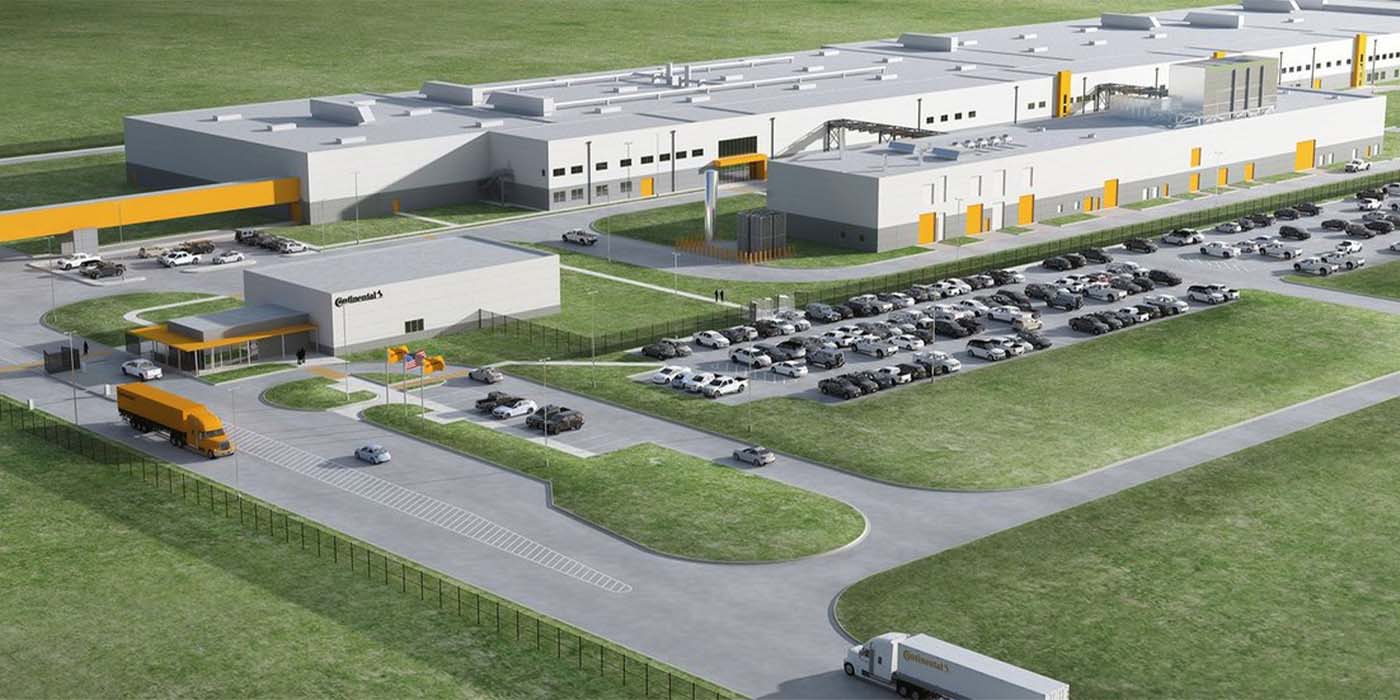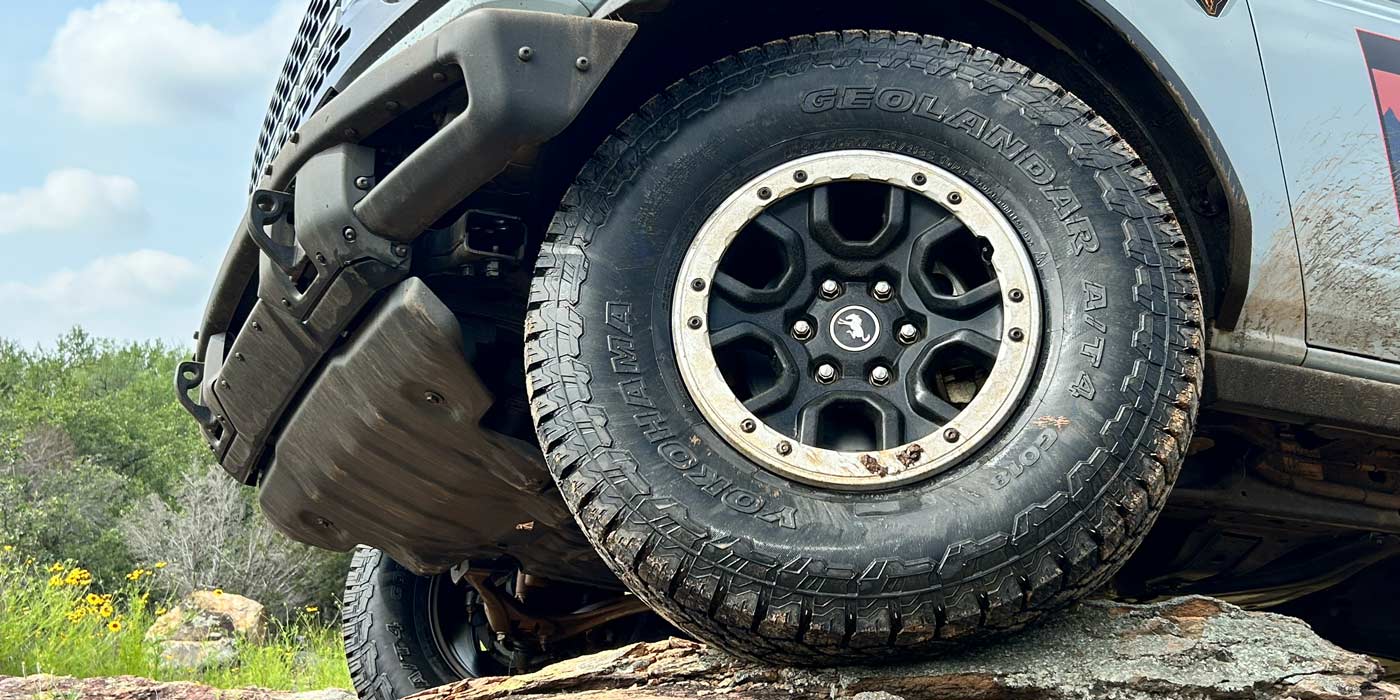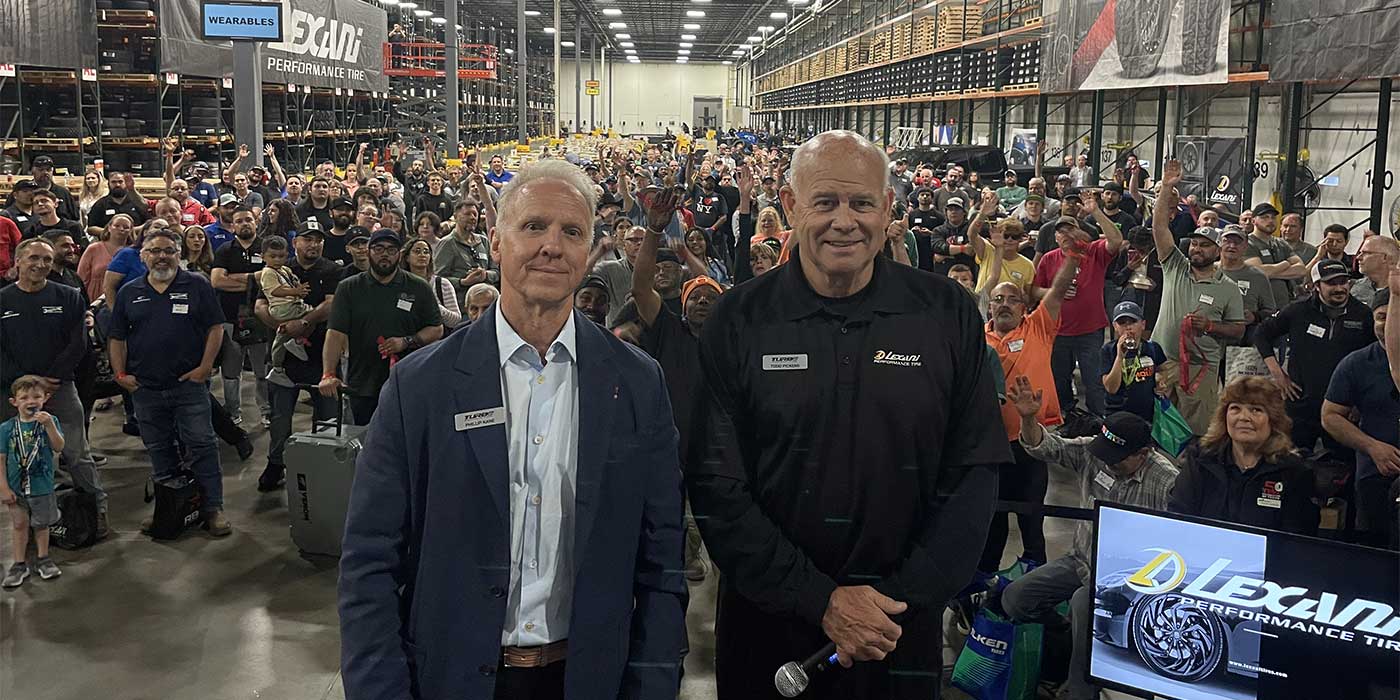Remember the island of misfit toys from 1964’s Rudolph the Red-Nosed Reindeer? All those sad toys were thrown away for being not good enough or broken, when in reality all they needed was a little love. Well, just imagine this concept but for brake rotors. Constantly, brake rotors are thrown away to scrap piles. What some technicians may think needs replacement may just need to be resurfaced. Let’s talk about what technicians should look out for before sending brake rotors to the island of misfit parts.
Until the mid-1970s, hubbed rotors were common on vehicles, featuring an integrated hub within the rotor itself. Most cars and trucks of this era were rear-wheel drive, with disc brakes primarily installed on the front wheels. These rotors were bulky and costly to make, with wheel bearings housed within the hub requiring regular maintenance.
The rise of front-wheel-drive vehicles in the mid-1970s led to the emergence of hubless or “hat” style rotors. While hubbed rotors persisted until the mid-1990s, their popularity waned as manufacturers increasingly adopted hat rotors.
When hubbed rotors were popular, the sound of a brake lathe was common in shops. Hubbed rotors were durable and often turned and reused during brake service due to their thickness. However, as hat rotors gained popularity, the automotive landscape also began to shift. With the rise of auto parts stores and overseas manufacturing, parts prices dropped, while technician wages rose, making rotor turning labor-intensive and costly.
Turning rotors requires precision and can lead to issues like vibration or incorrect mounting, especially with hat rotors. Limited training or inadequate lathe adapters aggravate these challenges and, consequently, the practice of rotor turning has died down in modern shops. While many rotors could still be resurfaced, the cost of labor often outweighs the benefits, prompting shops to opt for replacement instead. Despite the potential for waste, this shift is beneficial to the automotive service economy. Shops and parts stores make more money and the old rotors don’t end up polluting a landfill.
In theory, brake rotors only require replacement when they can’t be resurfaced to meet minimum thickness specifications. However, this only typically applies to hubbed rotors found in older vehicles. While resurfacing is cost-effective for these rotors, two other factors may render them unusable – cracks resulting from thermal stress and hot spots caused by improper brake pad bedding. Cracked rotors and those with hot spots should be replaced, as resurfacing may not address these issues.
In some cases, your customers may be confused as to why you went for a replacement of the rotors instead of resurfacing. Explain to them that, since the effectiveness of new brake pads depends on the rotor surface, it’s advisable to replace rotors whenever pads are replaced. The primary consideration should be economic feasibility – if it doesn’t make financial sense to resurface, opt for replacement and send those old rotors to the island of misfit parts.
Don’t forget to follow us on Instagram and Facebook and subscribe to our YouTube channel for more tire, service and shop operations videos.

